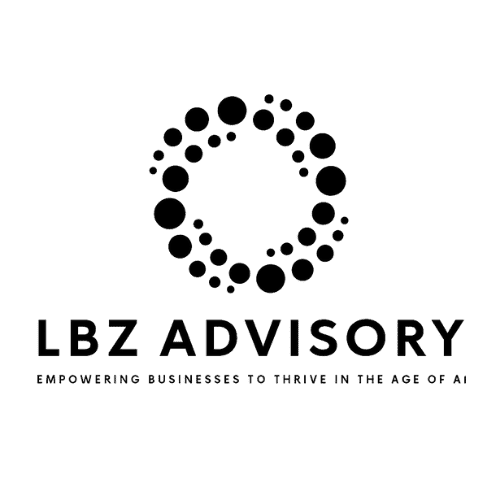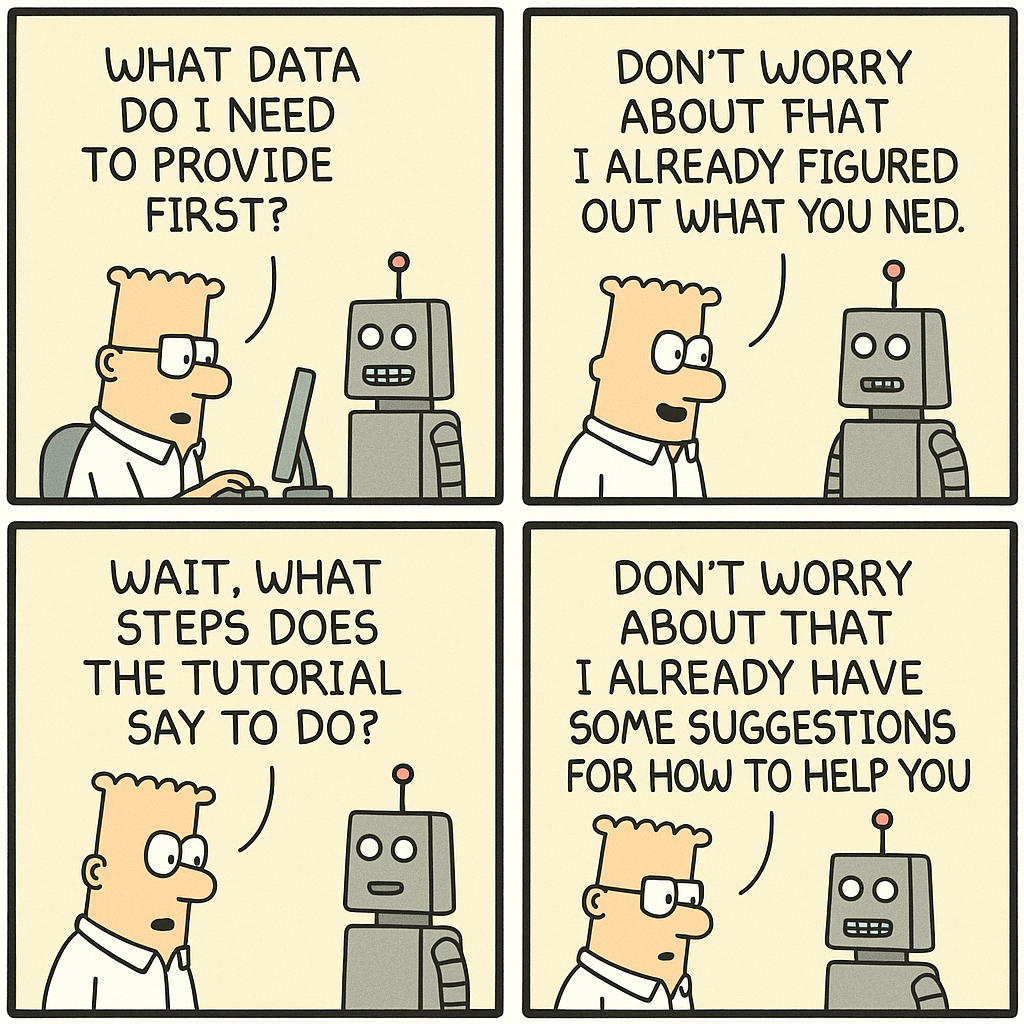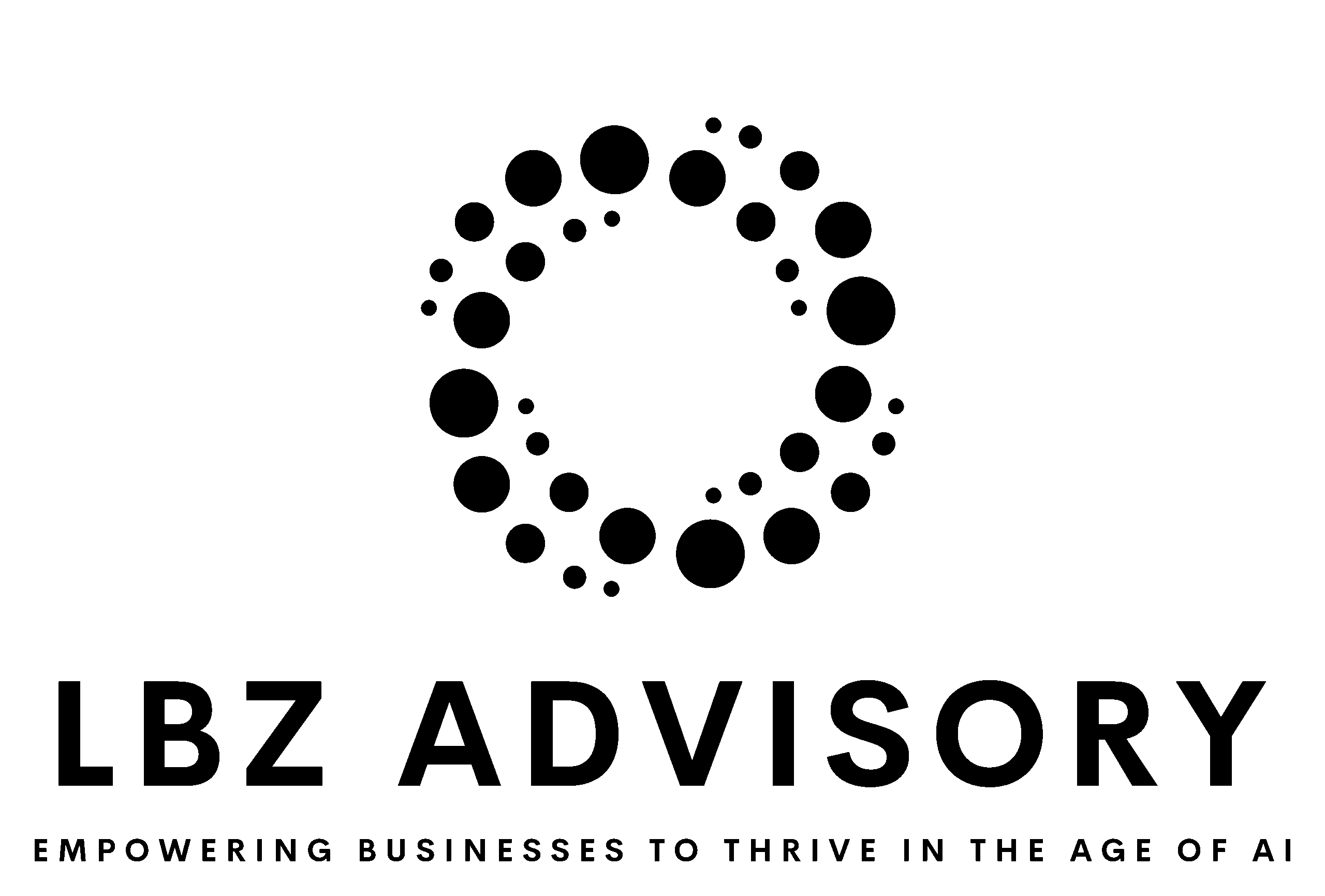Why do some teams spark transformative change while others remain comfortably stagnant? While others adhere strictly to protocols, this group questions them. They aren’t mavericks for the sake of rebellion; they’re driven by a desire to improve, to innovate, to push boundaries. These are the rebel talent teams, and they hold the key to driving meaningful change in large organizations.
What sets these teams apart from other high-functioning groups isn’t just their performance metrics or project outcomes. It’s their mindset. They view obstacles as opportunities, rules as guidelines, and failure as a learning tool. They possess a curious blend of confidence and humility—confident enough to challenge the status quo, yet humble enough to recognize they don’t have all the answers.
One crucial factor is their embrace of diversity—not just in demographics but in thought. They seek out differing opinions and foster an environment where unconventional ideas aren’t just tolerated but celebrated. This diversity fuels creativity, leading to innovative solutions that homogenous teams might overlook.
Psychological safety is another cornerstone. Team members feel secure in expressing dissenting views without fear of ridicule or retribution. This safety net encourages risk-taking and experimentation, which are essential for innovation. Leadership plays a pivotal role here; leaders of rebel teams don’t just permit bold ideas—they actively encourage them.
Moreover, these teams are agile. They adapt quickly to changing circumstances, unhindered by bureaucratic red tape. This agility allows them to implement new ideas swiftly, learn from the outcomes, and iterate as necessary. They operate with a sense of autonomy, empowered to make decisions without excessive oversight.
Building such a team starts with cultivating the right culture. Organizations must prioritize open communication and flatten hierarchies where possible. Leaders should model the behavior they wish to see—demonstrating openness to new ideas, admitting their own mistakes, and showing a willingness to take calculated risks.
Recruitment is also key. Seek individuals who have shown not just competence but also a propensity for creative thinking and resilience. Diverse backgrounds can contribute to a richer pool of ideas. Once assembled, invest in their development—provide opportunities for learning, experimentation, and cross-pollination of ideas across departments.
Finally, recognize and reward the behaviors you want to encourage. Celebrate not just successes but also noble failures—those that provide valuable insights even if the outcome wasn’t as hoped. This reinforces the notion that taking risks is not just acceptable but essential for growth.
It’s easy for innovation to get lost in the shuffle of routines and protocols in large organizations. But by nurturing rebel talent teams—those willing to question, to experiment, to challenge—we can ignite change from within. These rebels aren’t just breaking the rules; they’re rewriting them for the better.
















